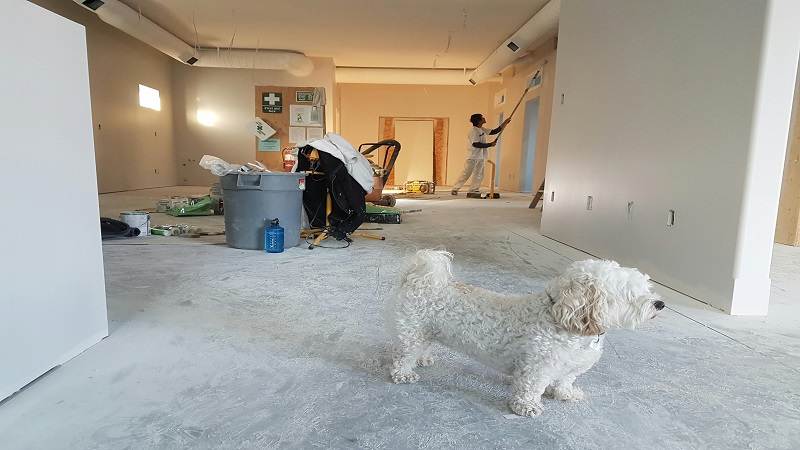Taking on a home improvement project can feel exciting. New floors, fresh paint, or even a full remodel can change the way you live in your space. But many homeowners dive in without a plan, and that leads to stress, higher costs, and wasted time.
In places like Portland, Oregon, where renovation projects are popular, avoiding common mistakes is key to making the process smooth. With the right planning and realistic expectations, you can complete your projects without unnecessary frustration. Let’s look at some of the biggest mistakes homeowners make and how to steer clear of them.
1. Forgetting About the Basics During Remodeling
When people remodel, they often think only about design and style. But projects that affect plumbing or bathrooms can leave you without working facilities for days. Families sometimes forget this until the water is shut off and they have no backup plan.
If your project puts a bathroom or kitchen out of order, it’s smart to plan ahead. For example, arrange sanitation services in Portland, Oregon, to provide temporary restrooms or wash stations while the work is being done. This makes life easier for you, your family, and even contractors working on the job. Taking care of these basics before the project starts ensures fewer headaches once construction is underway.
2. Underestimating the Budget
One of the most common mistakes is starting a project with too small a budget. Many homeowners only plan for the cost of materials and labor. They forget about permits, inspections, or the possibility of unexpected issues. It’s not unusual for problems like outdated wiring or hidden water damage to show up once walls are opened.
The best way to avoid financial stress is to add a buffer to your budget. Experts suggest planning for at least 10 to 20 percent more than the original estimate. This safety net allows you to handle surprises without putting the project on hold.
3. Skipping Proper Measurements
Another mistake is rushing into a project without double-checking measurements. Small errors can cause major delays. For example, buying cabinets that don’t fit your kitchen or flooring that falls short of covering the space means wasted time and money.
Always measure twice before you order materials. Take the extra step of confirming numbers with your contractor. A few minutes spent on accuracy can prevent weeks of frustration later.
4. Ignoring Energy Efficiency
Focusing only on design while ignoring efficiency is a mistake many homeowners regret. Upgrades that look good but don’t reduce energy use can end up costing more in the long run. Simple choices like installing energy-efficient windows, doors, or insulation may not seem exciting at first, but they make a big difference over time.
When planning improvements, balance style with energy savings. You’ll enjoy a more comfortable home while also reducing your utility bills.
5. Doing Too Much DIY
DIY projects are a great way to save money and learn new skills. But taking on more than you can handle can be risky. Jobs that involve plumbing, electrical wiring, or roofing are best left to professionals.Errors in these areas can result in expensive repairs or create serious safety risks.
6. Overlooking Permits and Codes
Skipping permits or ignoring building codes is another mistake that causes problems later. Homeowners sometimes think permits are just paperwork. In reality, permits ensure that projects are safe and meet local standards. Without them, you may face fines, legal trouble, or difficulty selling your home in the future.
Before you start, check with your local city or county office to see what permits are required. If you’re working with a contractor, ask how they handle permits. Staying compliant from the start keeps your project on the right track.
7. Choosing Style Over Function
It’s easy to get caught up in design trends. Open shelving, bold tiles, or dramatic lighting might look great on social media, but not every trend fits every lifestyle. For example, open shelving requires constant upkeep, and trendy fixtures may not last as long as you expect.
Always think about how you use your home day to day. Choose designs that match your needs instead of just following trends. Function should come first, with style enhancing the choices you make.
Home improvement projects can be exciting, but they also come with challenges. Mistakes like skipping basics, underestimating budgets, or hiring the wrong help often turn simple projects into stressful ones. By planning carefully, setting aside extra funds, and working with trusted professionals, you can avoid common problems. The result is a smoother process and a home you can enjoy for years to come.

